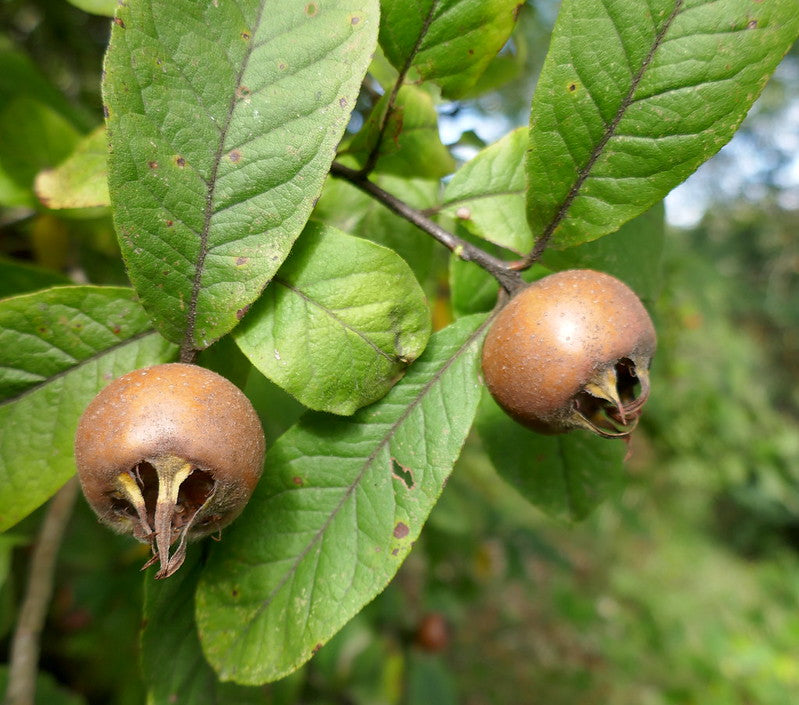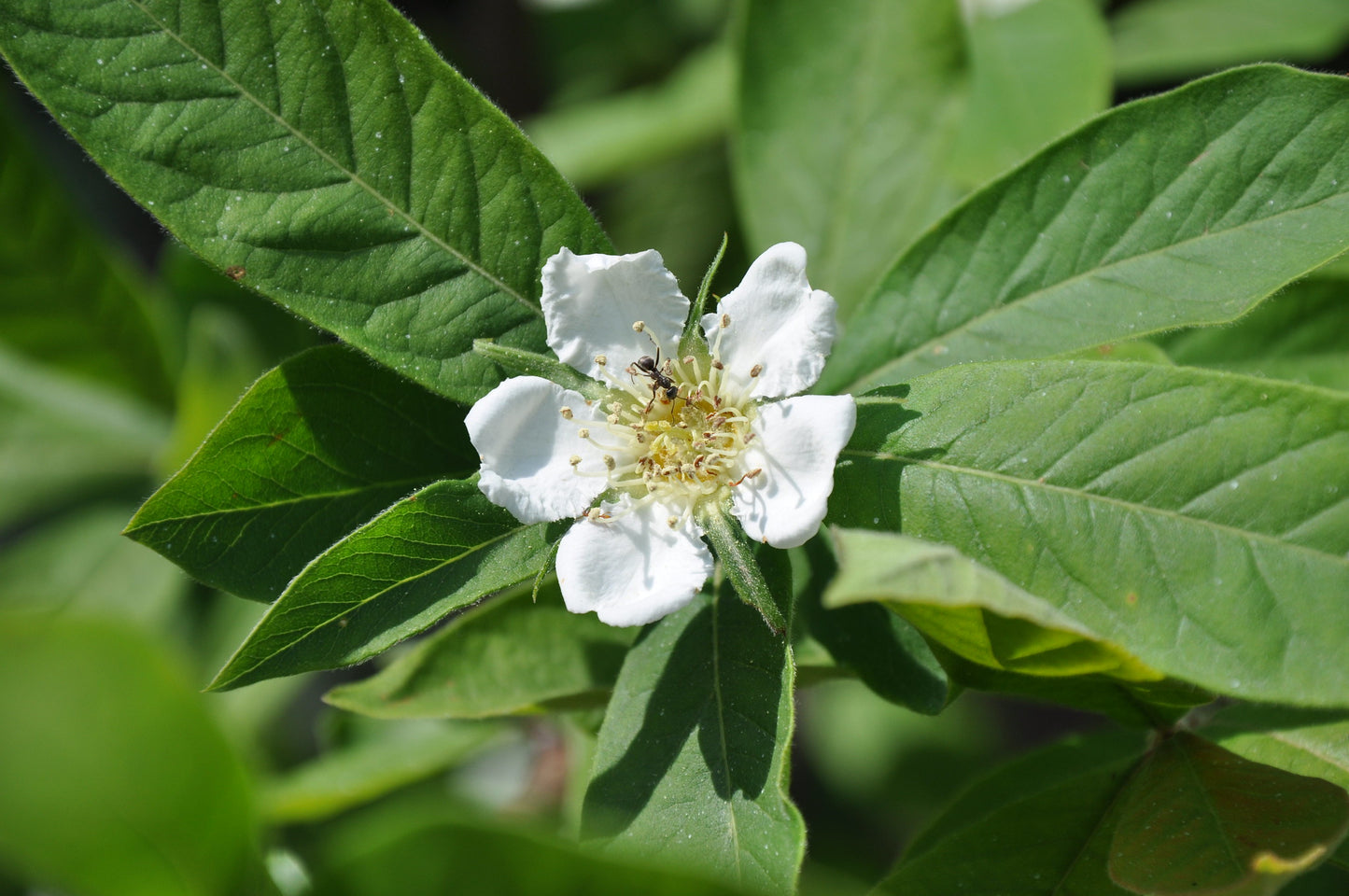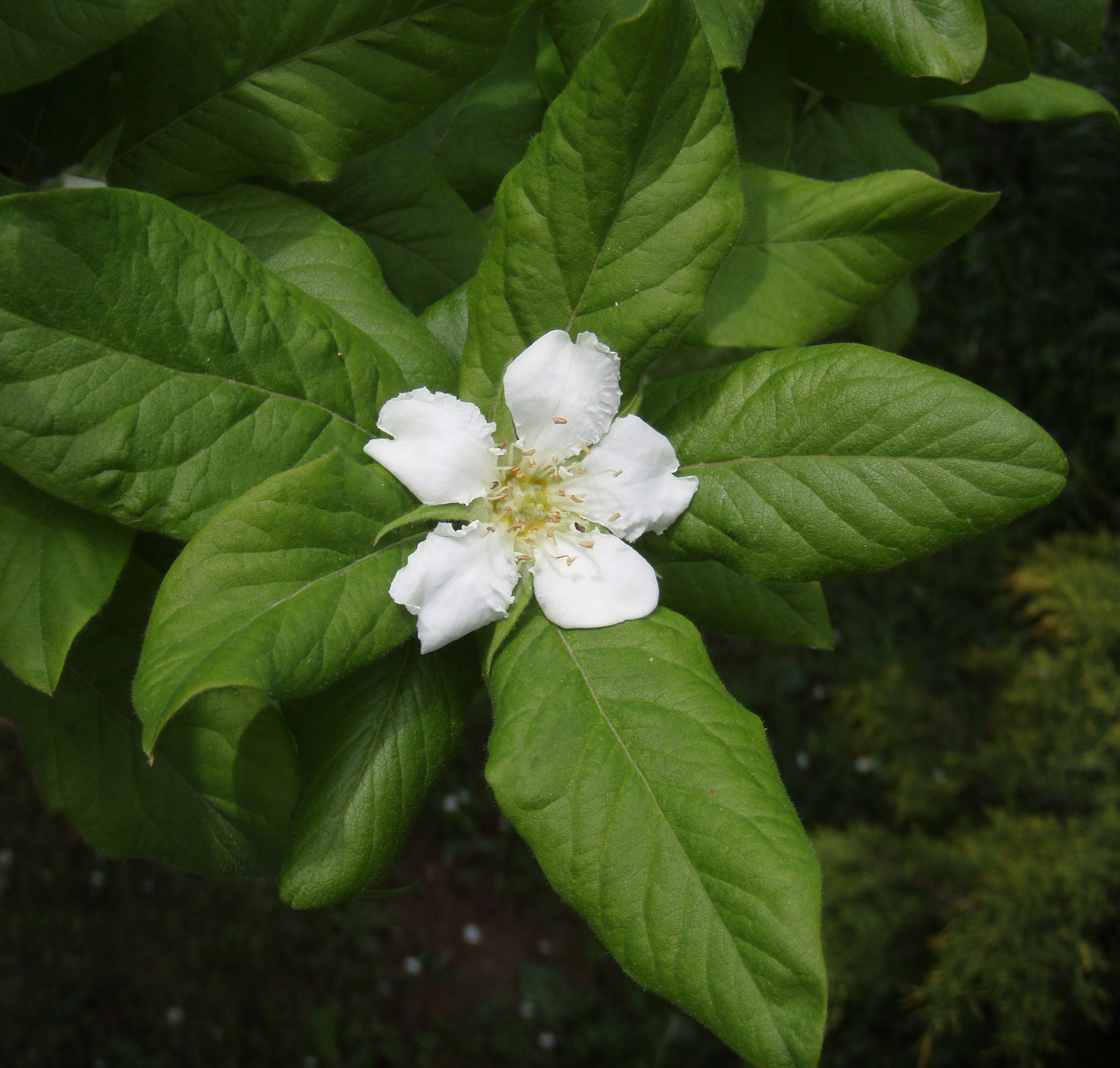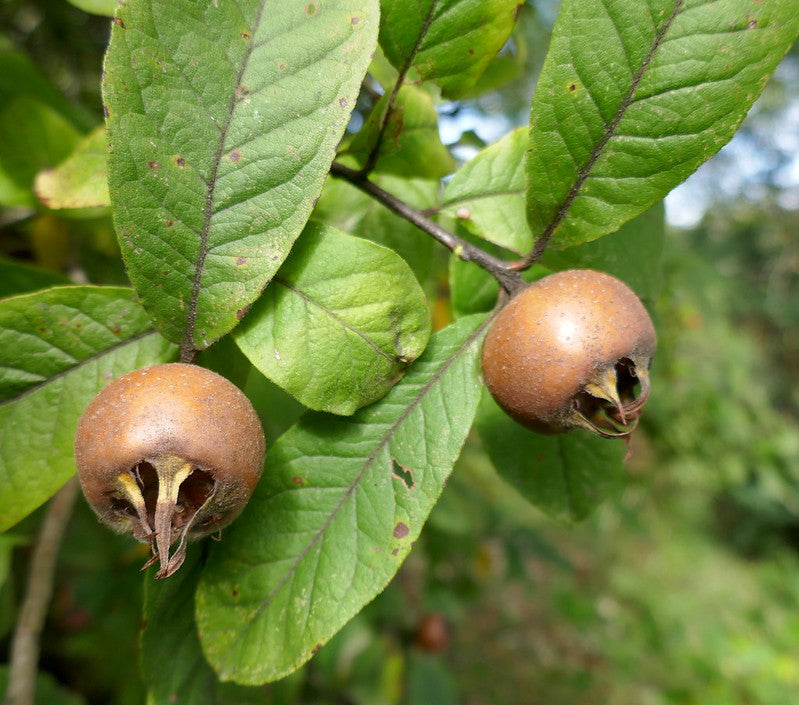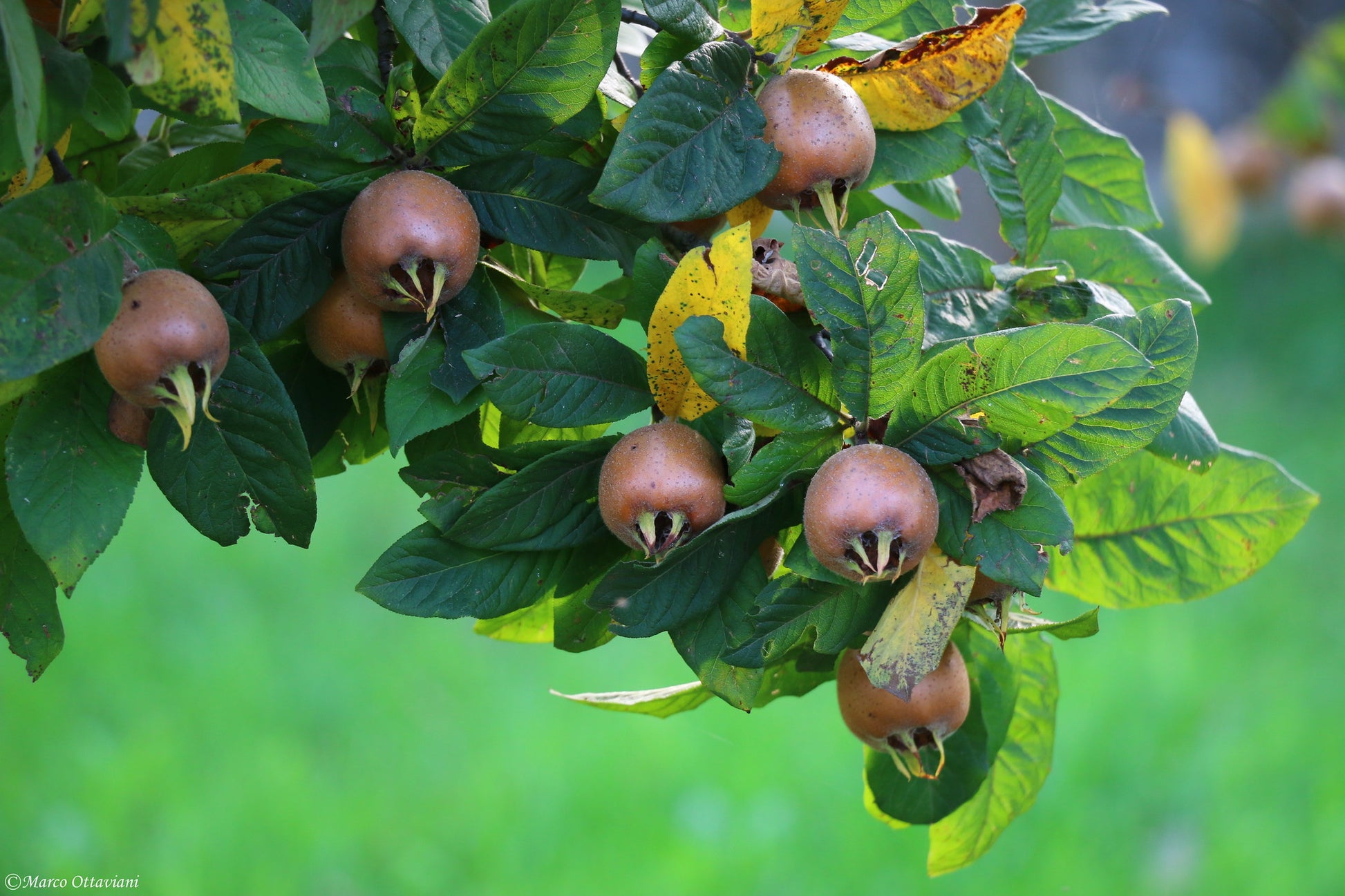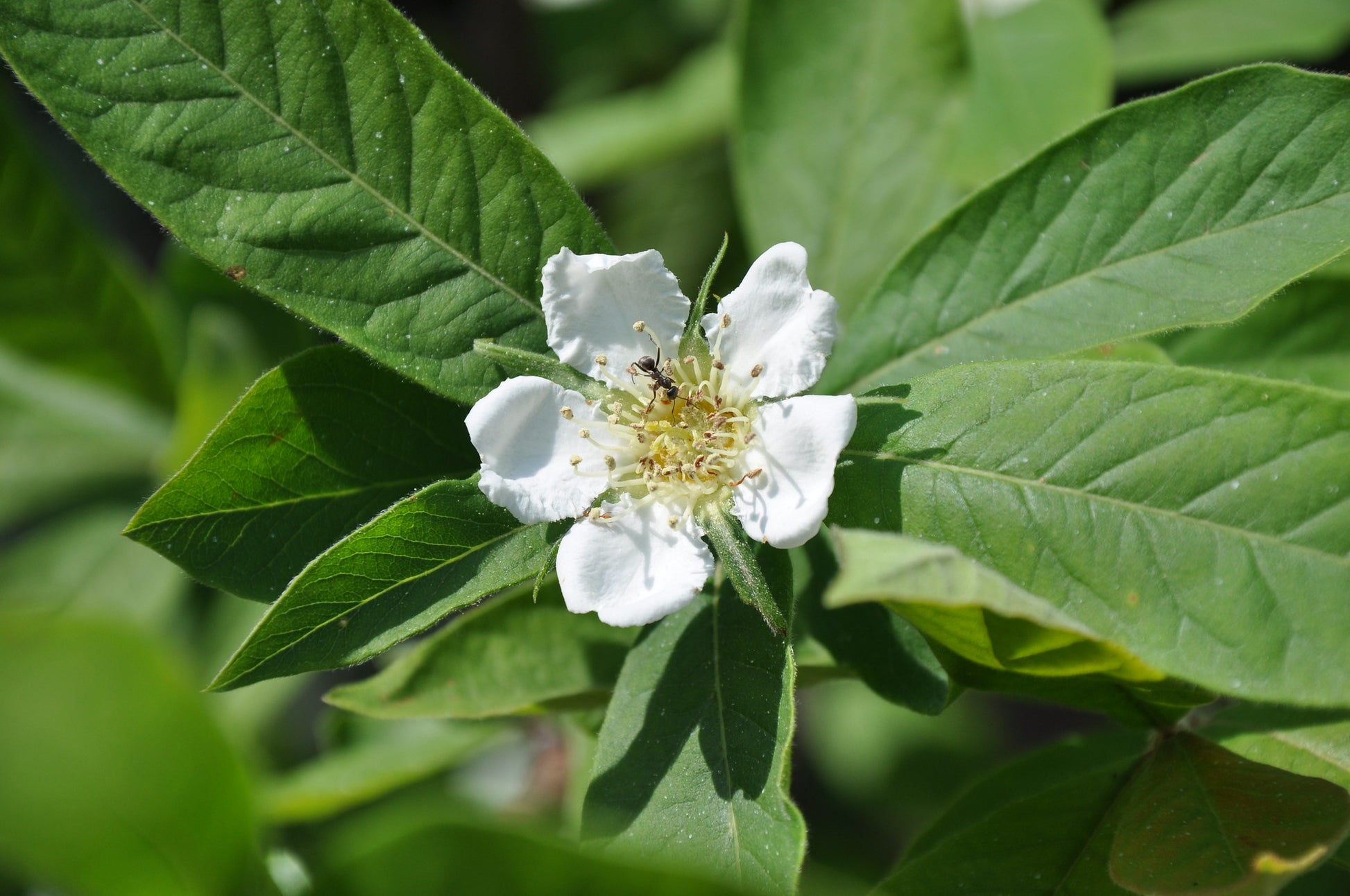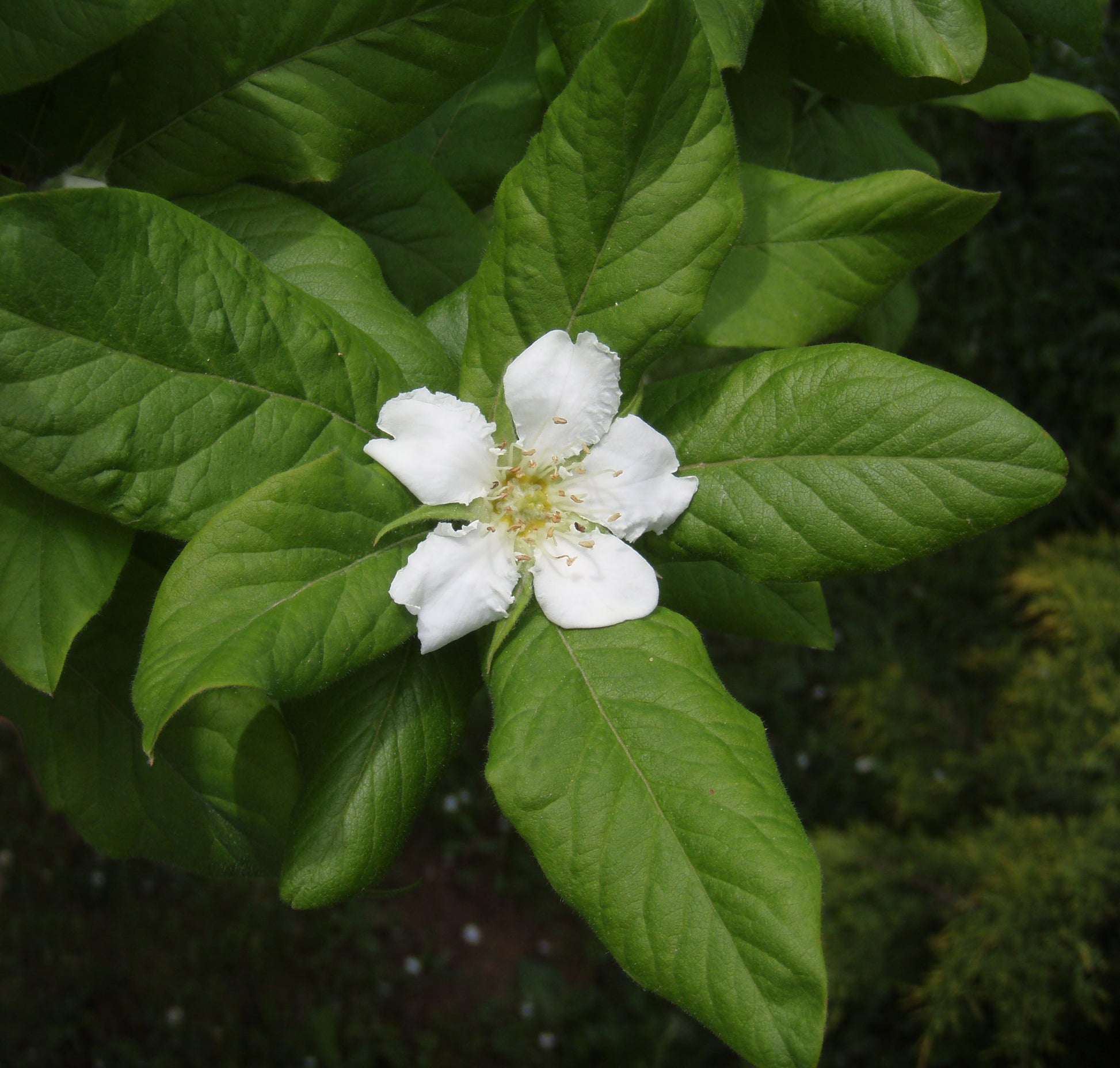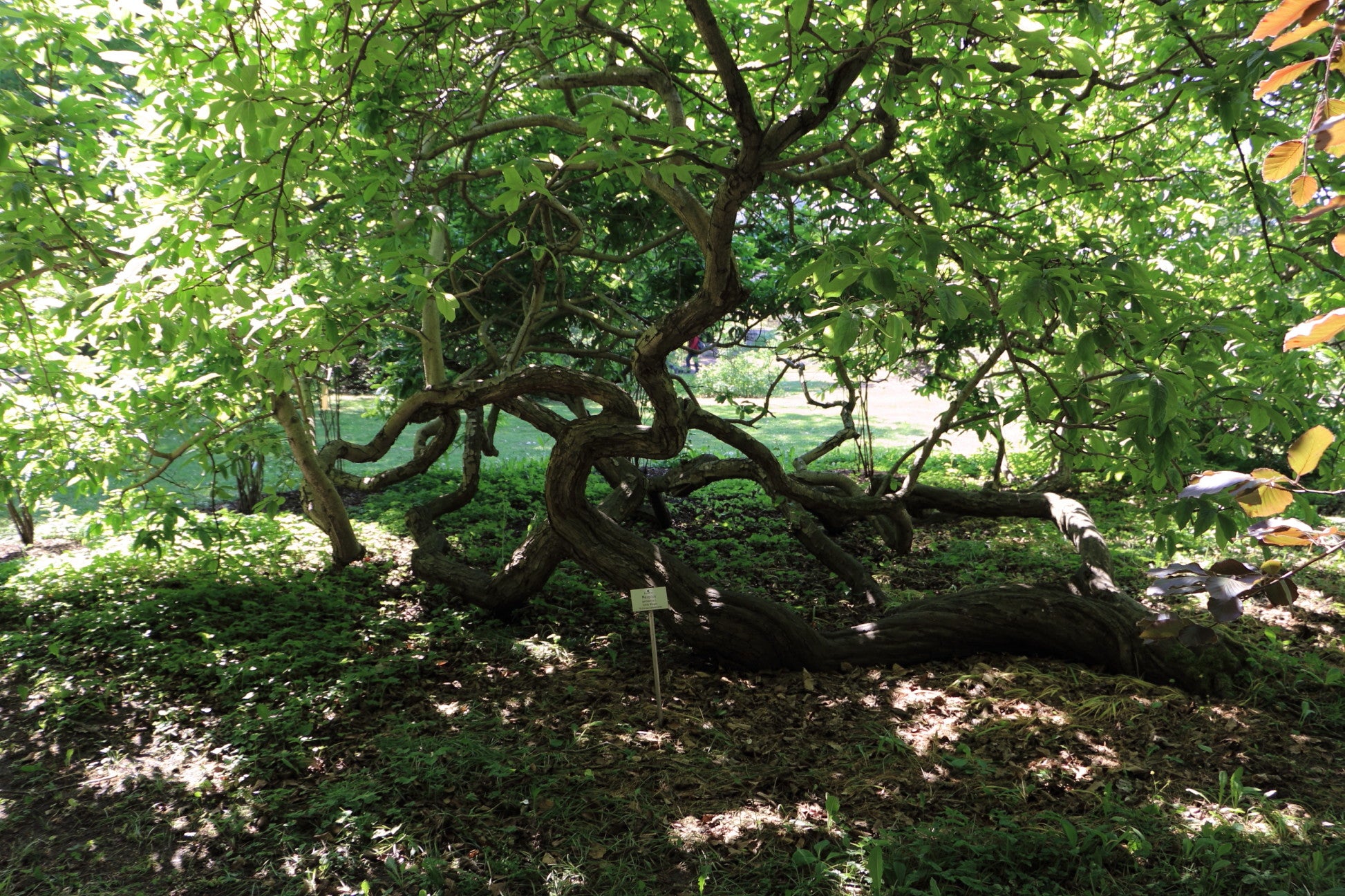Floridaseeds
Medlar Mespilus germanica 100 Seeds USA Company
Medlar Mespilus germanica 100 Seeds USA Company
Couldn't load pickup availability
Mespilus germanica, commonly known as the medlar, is a deciduous tree native to Southwest Asia and Southeast Europe. It belongs to the Rosaceae family, which also includes apples and pears. Here are some key points about Mespilus germanica:
Appearance: The medlar tree typically grows to a height of 4 to 8 meters (13 to 26 feet) and has broad, ovate leaves with serrated edges. The flowers are white or pale pink, and the fruit resembles a small apple or quince.
Fruit: The fruit of the medlar is unusual in that it is harvested when it's still hard and unripe, then left to "blet" or soften. Bletting involves allowing the fruit to undergo a partial fermentation process, which transforms its texture and flavor. Ripe medlar fruit has a brownish skin and a soft, custard-like flesh with a sweet, tangy flavor reminiscent of spiced apples and dates.
Cultivation: Medlar trees prefer well-drained soil and full sun. They are tolerant of various soil types, including clay and loam. The trees are hardy and can withstand cold temperatures, making them suitable for temperate climates. They are often propagated by grafting onto rootstocks.
Uses: Historically, medlar fruit was popular in Europe during the Middle Ages and Renaissance periods. It was commonly eaten fresh or used in cooking to make preserves, jams, and jellies. Today, medlar fruit is less widely consumed but is still appreciated by enthusiasts for its unique flavor and culinary versatility.
Ornamental Value: In addition to its fruit-bearing qualities, the medlar tree is valued for its ornamental appearance. It produces attractive flowers in spring and has a distinctive branching structure that adds visual interest to landscapes.
Growing Instructions for the Medlar
Growing Mespilus germanica, or medlar, from seeds can be a rewarding process, although it requires some patience and specific steps to ensure success. Here's a general guide on how to grow medlar trees from seeds:
Seed Collection: Obtain fresh medlar seeds from ripe fruit. Make sure to select seeds from healthy, disease-free fruits for the best chances of germination.
Seed Preparation: Remove the seeds from the fruit pulp and wash them thoroughly to remove any remaining flesh. Some sources recommend scarifying the seeds by gently rubbing them with sandpaper to improve germination rates, as the hard seed coat can inhibit water absorption.
Stratification: Medlar seeds typically require a period of cold stratification to break dormancy and promote germination. Place the cleaned seeds in a moistened paper towel or peat moss, then seal them in a plastic bag or container. Store the seeds in the refrigerator for about 2 to 3 months to simulate winter conditions. Check the moisture level periodically to prevent drying out.
Potting Mix: Prepare a well-draining potting mix for planting the medlar seeds. A mix of equal parts peat moss, perlite, and vermiculite works well. Fill small pots or seed trays with the potting mix, leaving about 1 inch of space at the top.
Planting Seeds: Plant the stratified medlar seeds about 1 inch deep in the prepared pots or trays. Water the soil thoroughly after planting to ensure good contact between the seeds and the soil.
Germination: Place the pots or trays in a warm, sunny location, such as a windowsill or greenhouse. Keep the soil consistently moist but not waterlogged during the germination period. Germination can take anywhere from a few weeks to several months, so be patient.
Transplanting: Once the medlar seedlings have developed several sets of true leaves and are sturdy enough to handle, they can be transplanted into larger containers or directly into the garden. Choose a sunny location with well-draining soil for planting.
Care: Provide regular water and fertilizer to support the growth of young medlar trees. Protect them from pests and diseases, and provide adequate spacing for mature trees to ensure proper air circulation and sunlight.
Materials
Materials
Shipping & Returns
Shipping & Returns
Dimensions
Dimensions
Care Instructions
Care Instructions
Share
